Nostalgia on Tuesday: History behind art
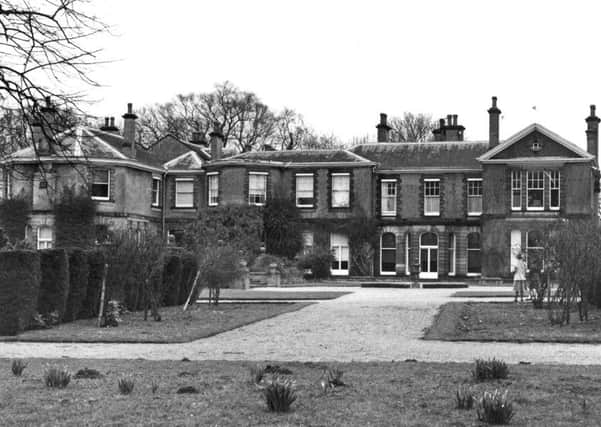

In 1970 a costume and fashion collection was added and five years later a new gallery, with a study centre for the city’s collection of early Chinese ceramics was opened. The endowment fund, augmented with government grants, has been used successfully to buy art, both traditional and modern. Fashion items have also been acquired.
Thus, Lotherton’s collection falls into three main areas: the Gascoigne family collection; objects brought from Temple Newsam House and other Leeds collections; and works of art acquired especially for Lotherton.
Advertisement
Hide AdAdvertisement
Hide AdOver recent years, the eight acres surrounding the house has become home to an extensive collection of endangered bird species and a herd of red deer. Housing just over 200 different species, the Bird Garden, opened in 1980 and extended in 1983, has developed into one of Britain’s premier collections of bird life.
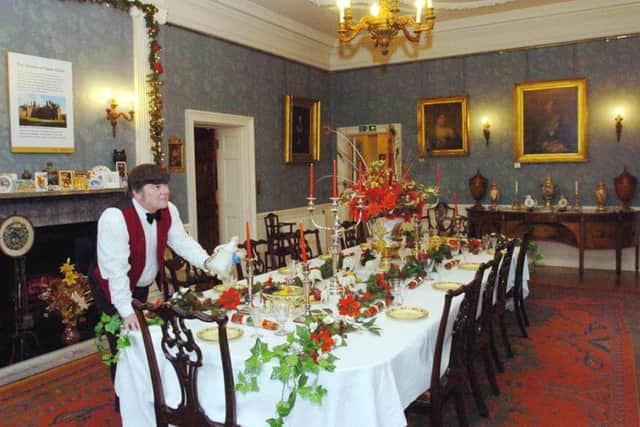

Additionally, there is an adventure playground with equipment for all ages and mobility levels, and picnic areas and nature trails. Behind the hall itself a further field is often used to host shows.
Lotherton Hall grew from a relatively small villa which stood during the 18th century.
When Sir Thomas Gascoigne, 8th Baronet of Parlington Hall, died in 1810 his extensive Yorkshire estates were left to Richard Philip Oliver of Castle Oliver, County Limerick. Oliver had married at Parlington Gascoigne’s step-daughter Mary Turner in 1804. Sir Thomas’s only son, Tom, had been killed in a hunting accident in October 1809. With no direct descendents, Gascoigne’s bequest was on condition that Oliver assumed the name and arms of Gascoigne.
Advertisement
Hide AdAdvertisement
Hide AdA notice in the York Herald of Saturday, April 2 1825 said: ‘We understand that the fine mansion and estate of Lotherton, late the property and residence of John Raper, Esq have been purchased by R.O. Gascoigne, Esq of Parlington, for forty thousand pounds’.
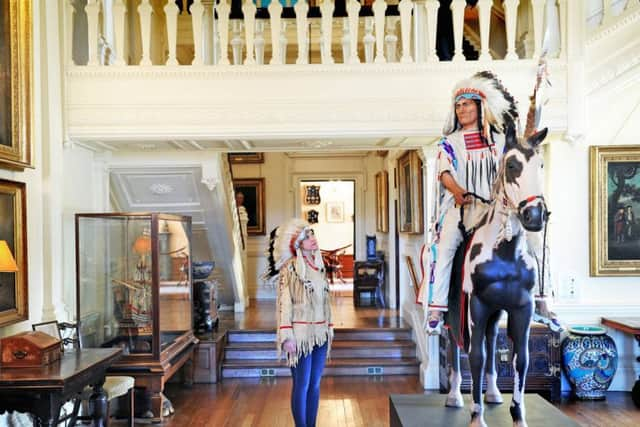

Gascoigne commissioned designs for remodelling Lotherton in the 1820s but no significant improvements were carried out until much later.
Gascoigne died in April 1843 and the estates were inherited by daughters Mary Isabella Oliver-Gascoigne (b. 1810) and Elizabeth Oliver-Gascoigne (b. 1812). Mary Isabella was given the name Mary Isabella Oliver at birth. During 1811 she changed her name legally to Mary Isabella Oliver-Gascoigne by Royal Licence.
Until the two sisters married they lived together at Parlington and often spent their inheritance building schools, churches and almshouses. They were responsible for building the Almshouses at Aberford in 1844 and were active in the relief of distress on the Oliver estates in Ireland during the potato famine of 1846-1847.
Advertisement
Hide AdAdvertisement
Hide AdMary Isabella married Frederick Charles Trench of Dublin in 1850 and from that time her married name became Trench-Gascoigne.
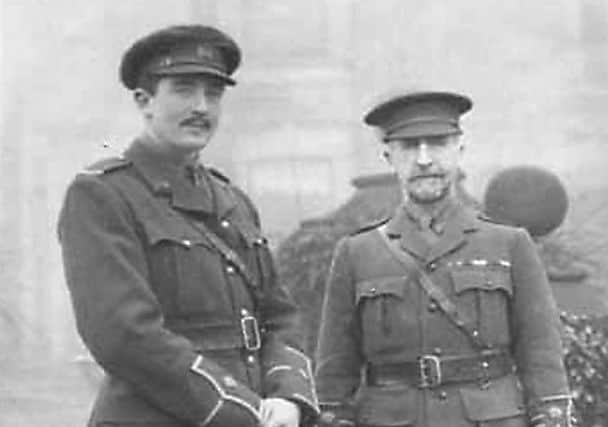

In 1851, Captain Trench’s name was changed to Trench-Gascoigne by Royal Licence. He held the position of Honorary Colonel of the 2nd Yorkshire Volunteer Engineers. The couple had one son, Frederick Richard Thomas Trench-Gascoigne.
Elizabeth married Frederick Charles Trench’s cousin Frederick Mason Trench 2nd Baron Ashtown in February 1852. She gained the title of Baroness Ashtown in 1852.
Once both sisters were married Isabella and Elizabeth took one estate each; Isabella taking Parlington and Elizabeth, Lotherton.
Advertisement
Hide AdAdvertisement
Hide AdElizabeth and her husband lived mostly in Ireland, on the Trench family estates and at Castle Oliver. The marriage produced no children and when Elizabeth died at Hotel National Montreux, Switzerland, in 1893, Lotherton passed to her nephew Colonel Frederick Richard Thomas Trench-Gascoigne (1851-1937) a noted soldier and traveller.
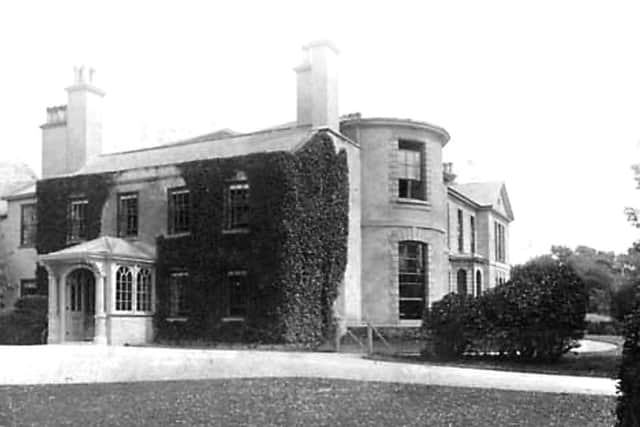

Mary Isabella had died at Parlington Hall in October, 1891 followed by her husband in 1905. As well as inheriting Lotherton, Colonel Gascoigne also inherited Parlington. But he preferred Lotherton and many of the contents and small architectural features were subsequently removed from Parlington to Lotherton.
Colonel Gascoigne and his wife Laura Gwendolen remodelled and improved Lotherton Hall during the 1890s. By the 1930s, the hall included a new dining room, entrance hall, drawing room and servants’ wing.
Laura Gascoigne created a series of enclosed gardens between 1903-1929 and today, the gardens are being slowly restored to their former state.
Advertisement
Hide AdAdvertisement
Hide AdColonel Gascoigne died in 1937 and was succeeded by his son Sir Alvary Douglas Frederick Trench-Gascoigne (1893-1970). His first marriage to Sylvia Wilder in 1916 produced two children, a boy and a girl, but ended in divorce during 1935. He remarried in the same year, Lorna Priscilla Leatham. Although adding few improvements to the house Sir Alvary and Lady Gascoigne nonetheless enriched it with works of art acquired abroad.
Sir Alvary was in the Diplomatic Service between 1921 and 1953 and appointed Ambassador to the USSR between 1951 and 1953.
The Yorkshire Country House by Peter Tuffrey – A tour through 32 of the county’s grandest homes – is available to order online at www.ypbookoffer.co.uk or call 01274 735056. £20 each. Buy 2 for £35. Includes UK delivery.